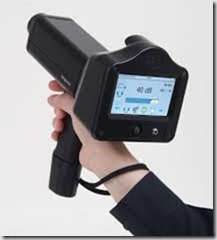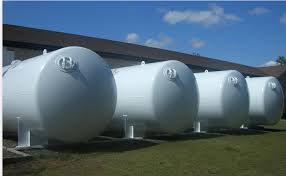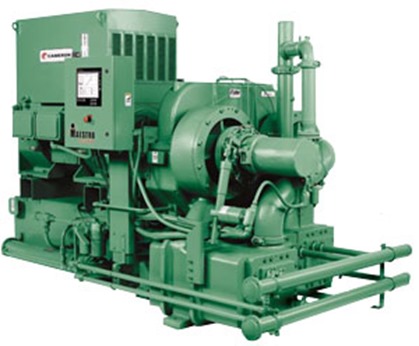Leak Detection
A small leak in your compressed air system may not seem like a big deal. Until you consider that small leak at 1/32” diameter will pass 1.62 SCFM on an air system running at 100 PSIG. That equates to 2,332 SCFM in a 24 hour period. This shows with just a few small leaks, they can quickly add up to the equivalent of several horsepower of compressed air being required just to satisfy the leaks.
The best way to detect leaks is to use an ultrasonic acoustic detector, which can recognize high frequency hissing sounds associated with air leaks. These portable units are very easy to use. Costs and sensitivities vary, so test before you buy. A simpler method is to apply soapy water with a paintbrush to suspect areas. Although reliable, this method can be time consuming, messy and on some applications, near impossible to reach.







